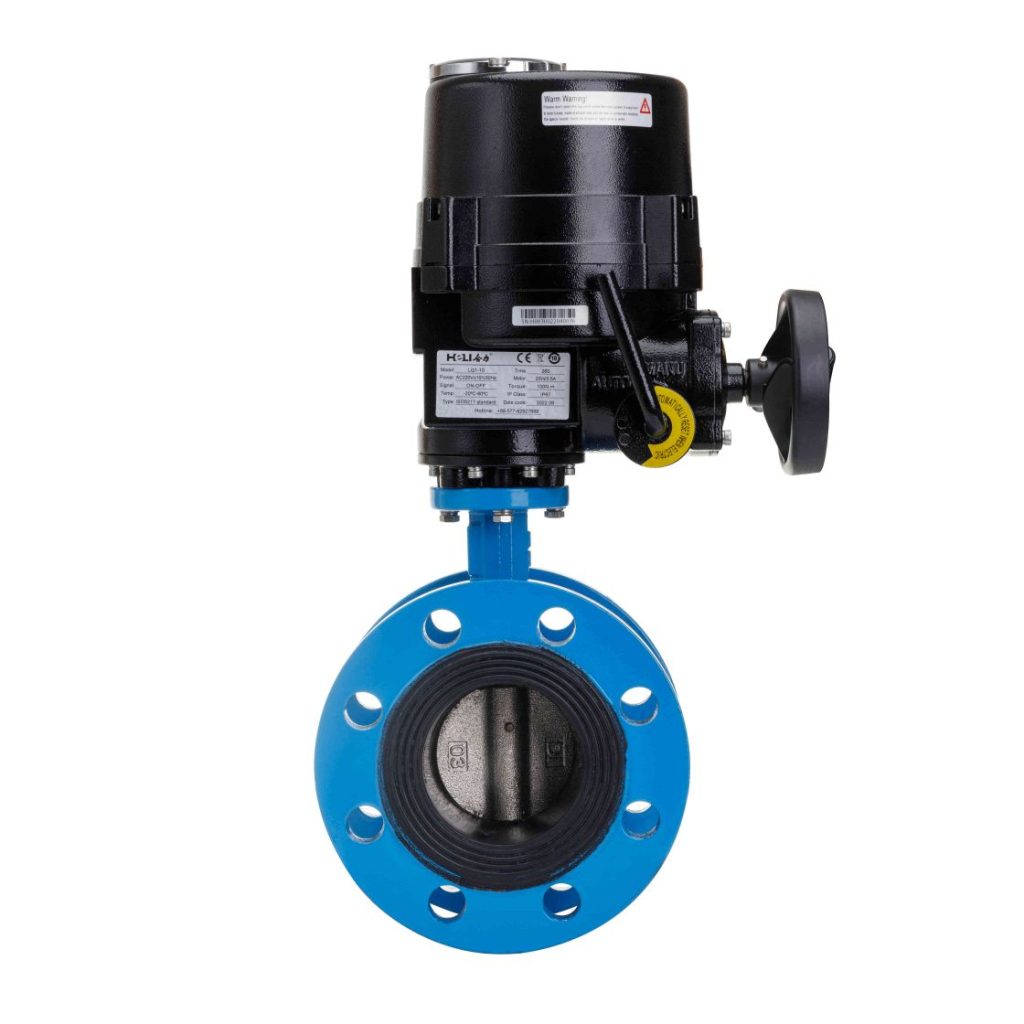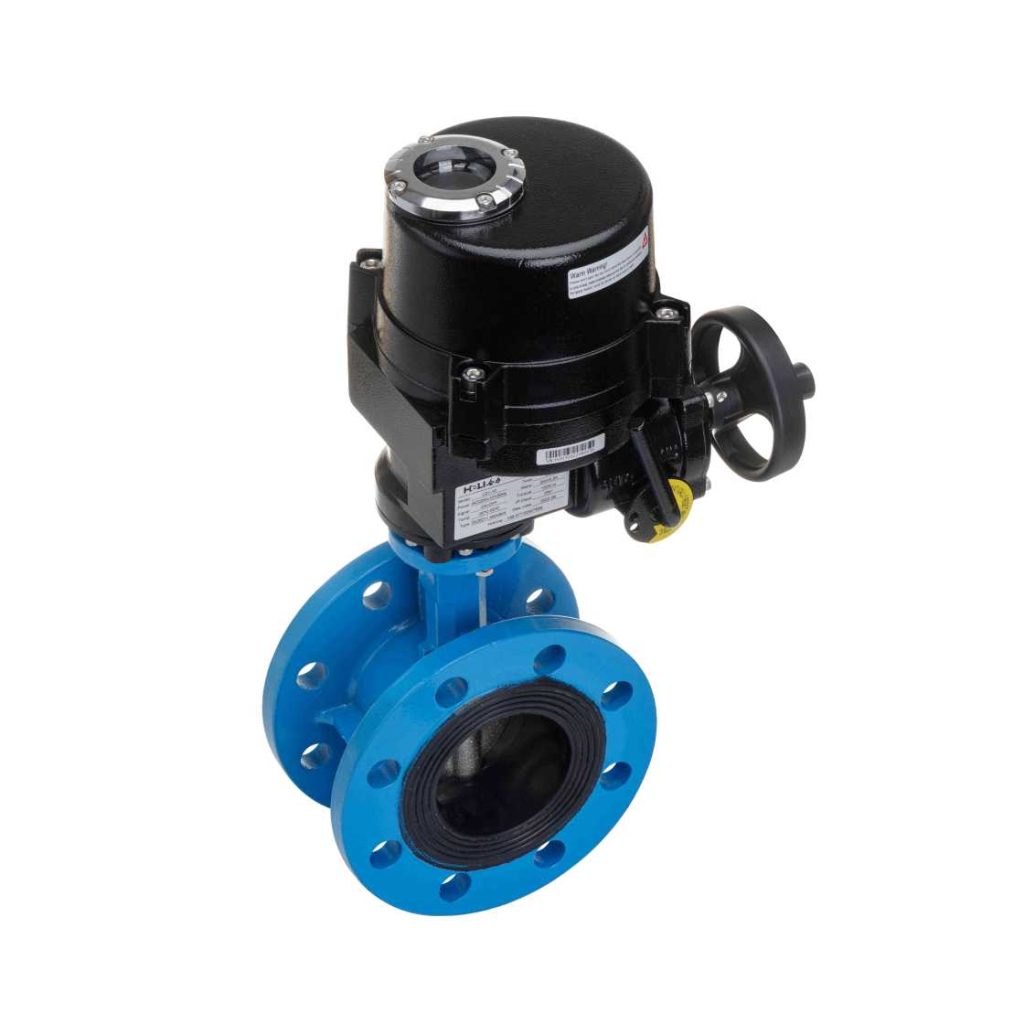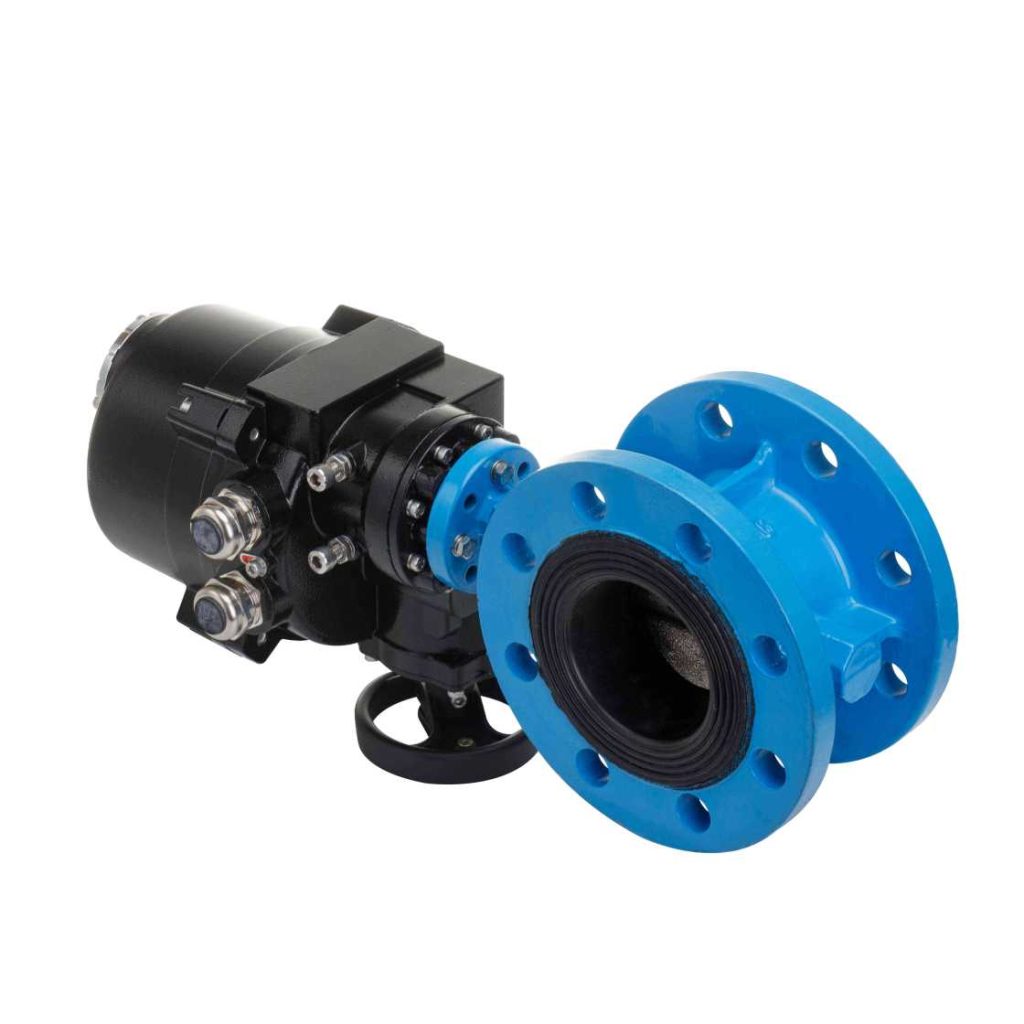Electric flanged butterfly valves are crucial components in modern industrial systems, particularly in applications involving fluid control. Known for their efficiency and versatility, these valves are designed to regulate the flow of liquids and gases with precision. In this article, we will delve into the construction, working mechanism, advantages, applications, and maintenance of electric flanged butterfly valves.

Construction and Design

Electric flanged butterfly valves consist of several key components: a valve body, a disc, a shaft, and an actuator. The valve body is typically made from materials such as stainless steel, carbon steel, or plastic, providing durability and resistance to corrosion. The disc, which is the primary element that opens and closes the valve, is circular and rotates around a shaft. The actuator, an electric motor, is mounted on the valve and provides the necessary torque to turn the disc. This actuator can be controlled remotely, allowing for precise flow regulation without manual intervention. The flanged ends of the valve enable easy installation and maintenance, ensuring a tight seal when connected to pipes.
